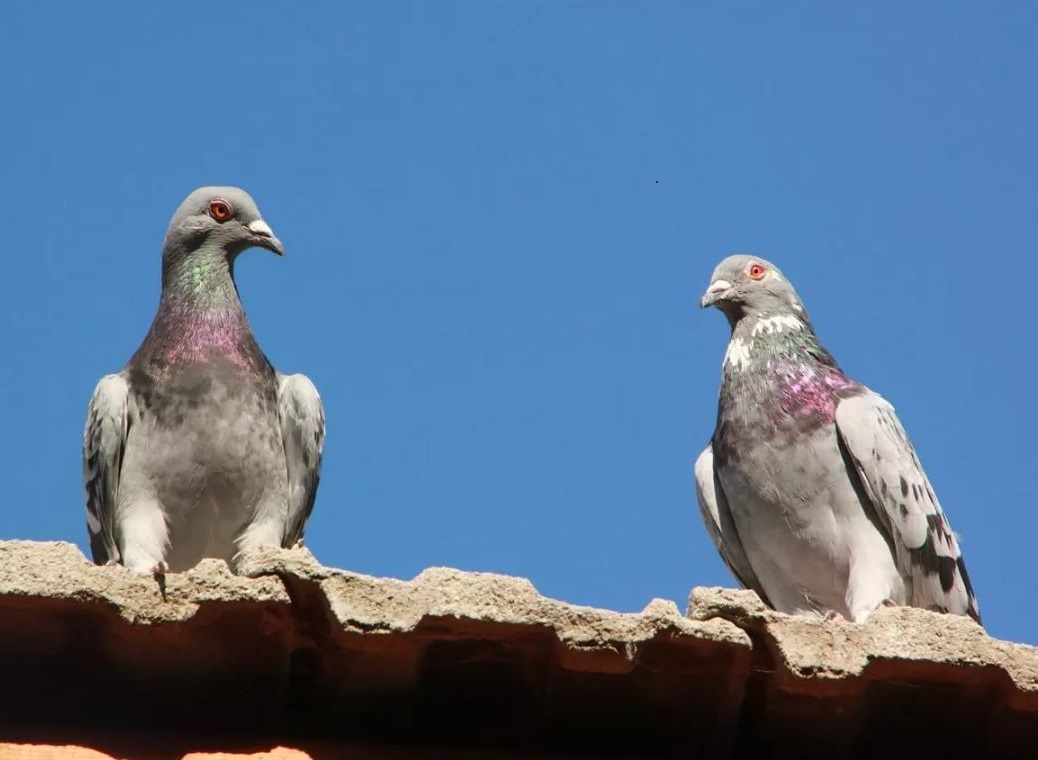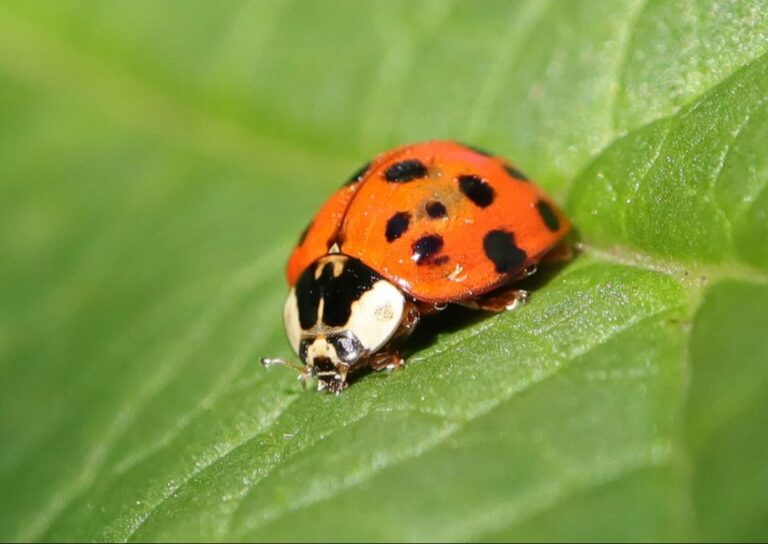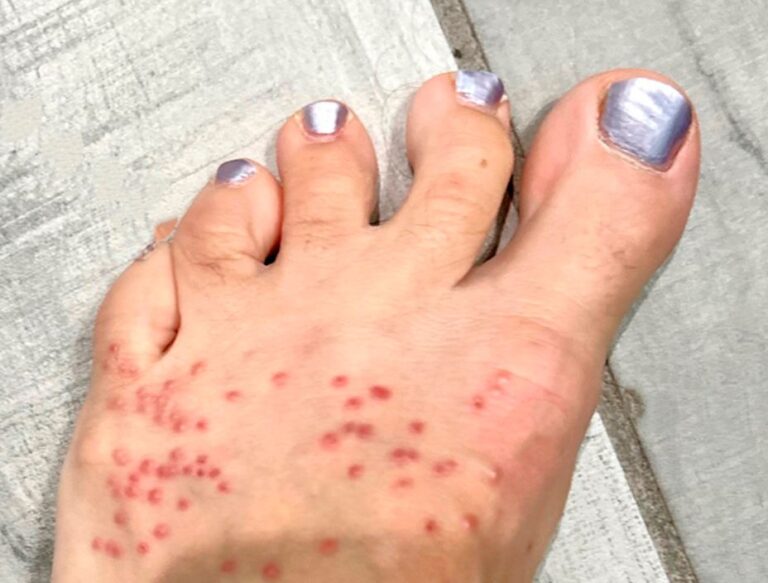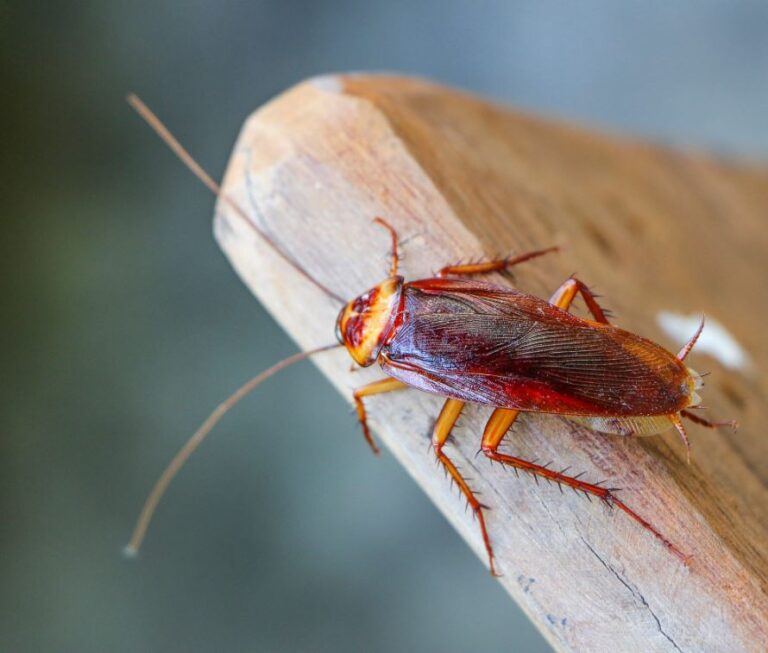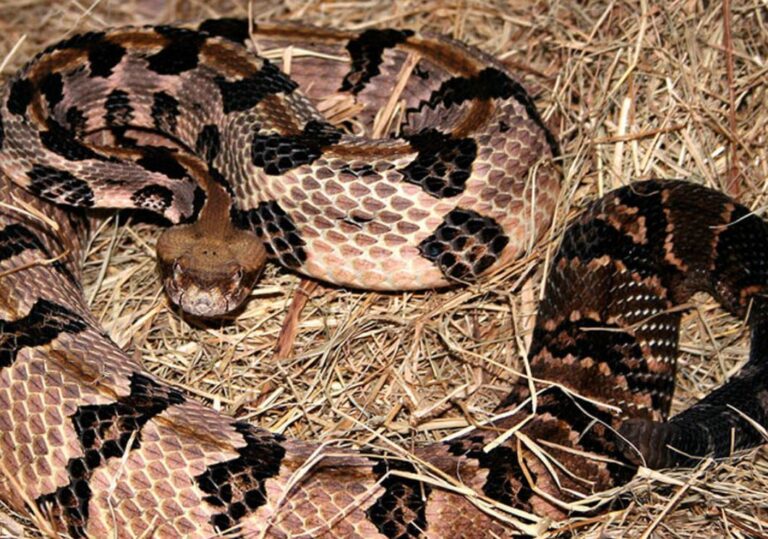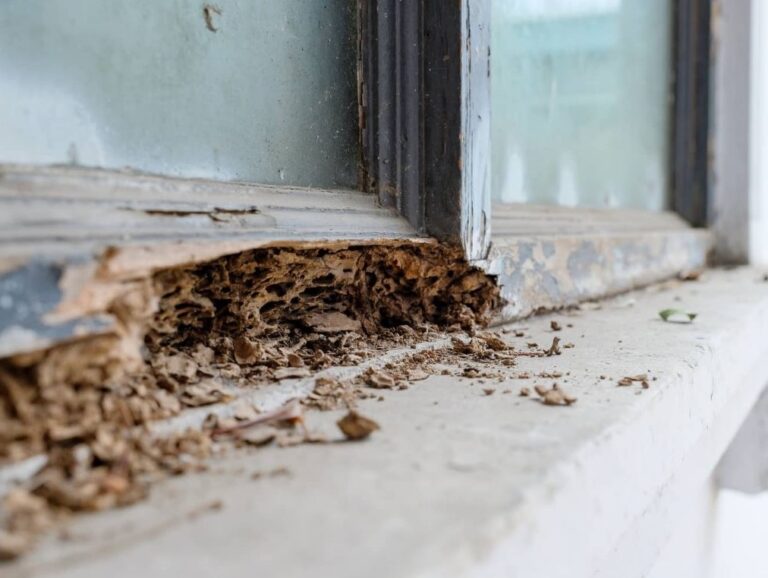How to Get Birds Out of Your Attic: A Complete Guide
Birds in the attic can be more than just a nuisance—they can cause property damage, create health hazards, and disturb your peace with constant chirping and scratching. If you’ve discovered unwelcome feathered guests in your attic, it’s crucial to remove them safely and humanely while preventing future infestations.
This comprehensive guide will walk you through the steps to identify, remove, and prevent birds from nesting in your attic, ensuring a bird-free home.
Why Are Birds in Your Attic a Problem?
Before diving into removal methods, it’s important to understand why birds in the attic are a concern:
- Property Damage: Birds can tear insulation, chew wires, and leave droppings that stain wood and drywall.
- Health Risks: Bird droppings may contain harmful bacteria (like histoplasmosis) and parasites (mites, ticks, or fleas).
- Noise Disturbances: Nesting birds can be loud, especially at dawn and dusk.
- Fire Hazards: Nests near electrical wiring can pose a fire risk.
Common attic-invading birds include:
- Pigeons
- Starlings
- Sparrows
- Swallows
- Chimney Swifts
Step 1: Confirm Birds Are in Your Attic
Before taking action, verify that birds are the culprits. Signs include:
✅ Chirping or flapping sounds (especially early morning)
✅ Droppings or feathers near vents or attic entry points
✅ Nests made of twigs, leaves, or debris
✅ Visible birds entering/exiting roof gaps
If you’re unsure, set up a wildlife camera or inspect the attic carefully during daylight when birds are active.
Step 2: Determine If There Are Nestlings
Birds are protected under wildlife laws in many regions (e.g., the Migratory Bird Treaty Act in the U.S.), meaning you cannot disturb active nests with eggs or baby birds.
🔹 If babies are present: Wait until they fledge (leave the nest naturally, usually 2-3 weeks).
🔹 If no nestlings are present: Proceed with removal.
Step 3: Safely Remove Birds from the Attic
A. Non-Lethal Exclusion Methods
The most effective way to remove birds is by encouraging them to leave on their own and preventing re-entry.
1. Use One-Way Exclusion Devices
- Install one-way bird doors or funnel traps over entry points.
- Birds can exit but cannot return.
- Best for larger birds like pigeons.
2. Create Noise and Light Disturbances
- Place a bright light or radio in the attic to make the space less appealing.
- Birds prefer dark, quiet spaces—disrupting this encourages them to leave.
3. Gently Encourage Exit with Physical Barriers
- Open attic windows or vents during the day.
- Use a long pole or broom to gently guide birds toward the exit (avoid harming them).
B. Humane Trapping (If Necessary)
If birds refuse to leave, consider live traps:
- Bait traps with birdseed and release birds far from your home.
- Check traps daily to avoid starvation or stress.
⚠️ Avoid poisons or glue traps—these are inhumane and may harm other wildlife or pets.
Step 4: Clean and Sanitize the Attic
Once birds are gone, proper cleanup is essential to eliminate health risks:
- Wear protective gear (gloves, mask, goggles) to avoid inhaling dust or droppings.
- Remove nests and debris with a vacuum or shovel.
- Disinfect surfaces with a bleach solution (1 part bleach to 10 parts water).
- Replace damaged insulation if contaminated.
Step 5: Prevent Future Bird Infestations
To stop birds from returning, seal all entry points and use deterrents:
A. Seal Entry Points
- Inspect the roof, vents, and eaves for gaps.
- Use steel mesh, hardware cloth, or chimney caps to block openings.
- Repair broken shingles or soffits where birds could enter.
B. Install Bird Deterrents
- Spikes or Slopes: Prevent birds from landing on ledges.
- Reflective Tape or Scare Balloons: Deter birds with visual distractions.
- Ultrasonic Repellers: Emit high-frequency sounds birds dislike.
C. Regular Maintenance
- Trim tree branches near the roof to limit access.
- Inspect the attic seasonally for early signs of nesting.
When to Call a Professional
If DIY methods fail or you’re dealing with:
- Large infestations
- Protected bird species
- Structural damage requiring repairs
A wildlife removal expert or pest control service can safely and legally handle the situation.
Final Thoughts
Removing birds from your attic requires patience, humane methods, and preventive measures. By following this guide, you can evict unwanted birds safely, clean up effectively, and ensure they don’t return.
Have you dealt with birds in your attic? Share your experience in the comments! 🐦🚫

